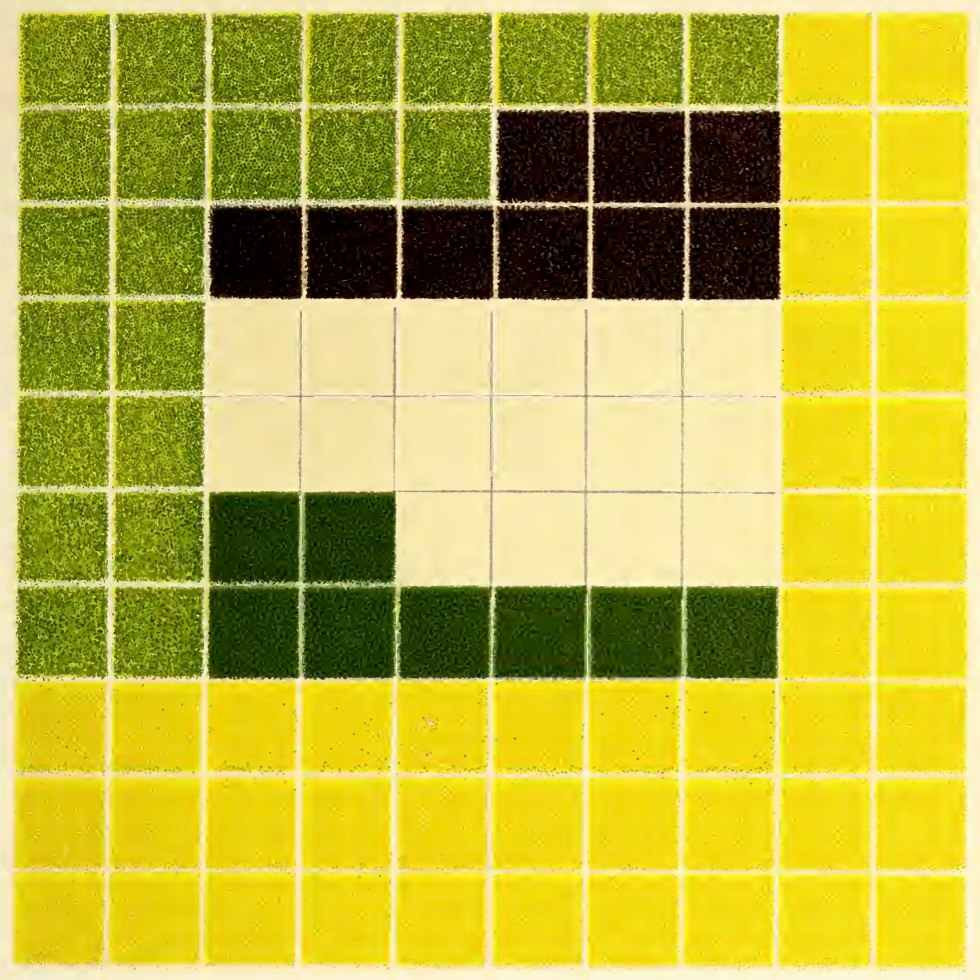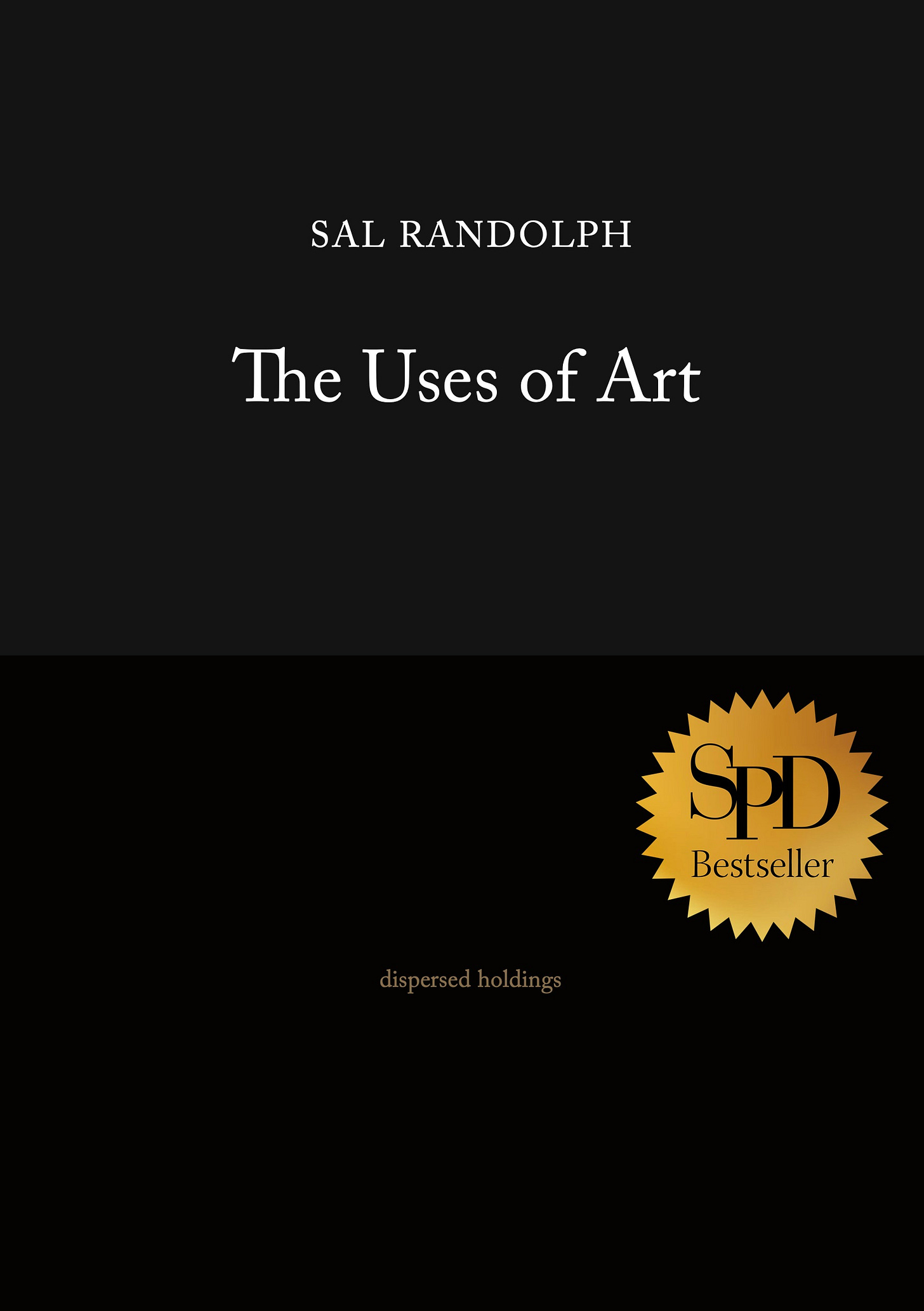
Dear Friends,
For those who have joined us recently, welcome! “Ways of Seeing” is a series of inspirations and practical exercises for deepening attention and engaging with art.
This week I’ve been returning the magical works of Francis Ponge. Ponge was a French poet and essayist, one of the inventors of the prose poem. He is best known for writing that gives voice to the ordinary things of this world, things which have no speech of their own.
In one short piece, “Banks of the Loire,” Ponge offers something of a manifesto for perception—to “always go back to the object itself.” He says:
Therefore, writing about the Loire from a place along the banks of the river, I must constantly immerse my eyes and mind in it. Any time they dry up over an expression, dip them back into the waters of the river.”
What if we thought of all the things which we wanted to offer our attention to as rivers? Works of art, things of the world, each other? Let us keep dipping our eyes back into the waters of the rivers around us.
— Sal
Banks of the Loire
from Francis Ponge, Mute Objects of Expression
From now on, may nothing ever cause me to go back on my resolve: never sacrifice the object of my study in order to enhance some verbal turn discovered on the subject, nor piece together any such discoveries in a poem.
Always go back to the object itself, to its raw quality, its difference: particularly its difference from what I’ve (just then) written about it.
May my work be one of continual rectification of expression on behalf of the raw object (with no a priori concern about the form of that expression).
Therefore, writing about the Loire from a place along the banks of the river, I must constantly immerse my eyes and mind in it. Any time they dry up over an expression, dip them back into the waters of the river.
Recognize the greater right of the object, its inalienable right, in relation to any poem . . . No poem ever being free from absolute judgment a minima on the part of the poem’s object, nor from accusation of counterfeit.
The object is always more important, more interesting, more capable (full of rights): it has no duty whatsoever toward me, it is I who am obliged to it.
What the preceding lines do not adequately emphasize: consequently, never leave off at the poetic form – though it must be used at some point in my study because it produces a play of mirrors that can reveal certain persistently obscure aspects of the object. The reciprocal clash of words, the verbal analogies are one of the means for studying the object in depth.
Never try to arrange things. Objects and poems are irreconcilable.
Exercise: The River
Take this passage as your guide: Therefore, writing about the Loire from a place along the banks of the river, I must constantly immerse my eyes and mind in it. Any time they dry up over an expression, dip them back into the waters of the river.
Begin by simply looking at the object of your attention. Imagine it as a river, and imagine yourself standing on its banks. Immerse your eyes.
From time to time turn away and make a record of what you see. This can be as simple as closing your eyes and bringing the object vividly into your imagination. You can also describe the object in writing or make a drawing from what you remember.
When you are ready, return to the object and immerse your eyes again. Let it teach you about its raw quality, its difference.
Alternate representing the object and dipping your eyes back into it for as long as you have.
As with all of these “Ways of Seeing,” the initiating impulse is to expand our possibilities for engaging with works of art and deepening attention. These exercises are perfect for time spent in museums, galleries, and studios. You can also bring them into the rest of your life and experiment with streets, libraries, parties, landscapes. Try them as writing or art-making prompts.
These practices work best if you give them some time, at least twenty minutes or a half-hour. This is easier to do if you set a timer.
As always, interpret these instructions freely and intuitively.
Share your results and reflections in the comments. I’d love to hear from you.
Francis Ponge
Mute Objects of Expression by Francis Ponge (translated from the French by Lee Fahnestock) is available from Archipelago Books. An extended excerpt is available here.
More Francis Ponge from the Poetry Foundation.
Poet
offers another bit of Ponge (along with Seferis, Schwartz, Issa, and Le Guin) on his substack, :The title Ways of Seeing is an homage to the continuing inspiration of the BBC TV series and book by John Berger.
Further adventures and new ways of seeing can be found in my book, The Uses of Art.
Artist Sal Randolph’s THE USES OF ART is a memoir of transformative encounters with works of art, inviting readers into new methods of looking that are both liberating and emboldening.
Dazzlingly original, ferociously intelligent.
— Michael Cunningham
A joyful, dazzling treasure-box of a book.
— Bonnie Friedman
Here’s a guide, to waking up, over and over again.
— Roshi Pat Enkyo O’Hara








Thank you for such a cool piece. By coincidence, I have recently written a passage for a future moment in my story The Tarnished Gloriole (here on Substack, for free, in weekly instalments…please have a look at it and if you like it, which I hope you will, please subscribe and continue to read it) which has similarities in a way to feelings around the exercise you set out here.
“My dear Ponge (I want to retort), how can you be sure where the river ends and your words begin?” Nonetheless, I will try Sal’s exercise. Maybe that will serve for an answer. :-)